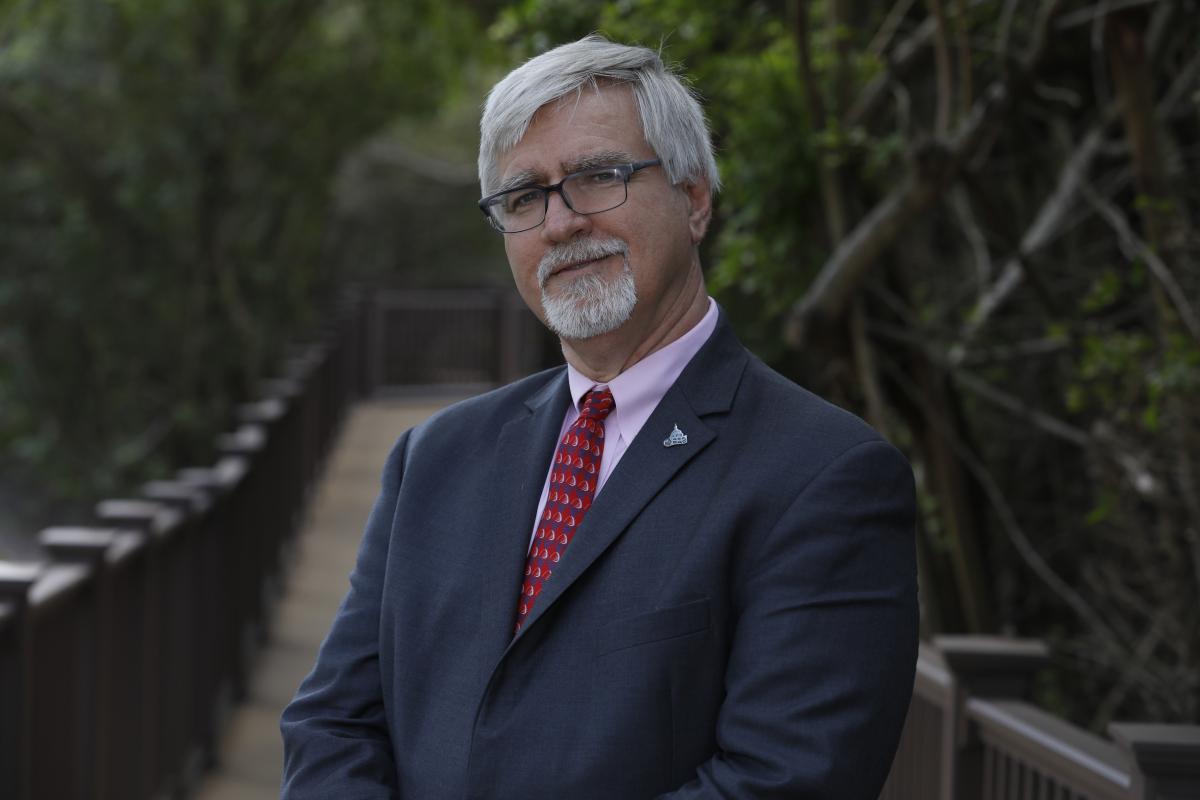 Looks like those hoping for some clarity on a threshold issue involving ERISA fee litigation will have to wait for another day.
Looks like those hoping for some clarity on a threshold issue involving ERISA fee litigation will have to wait for another day.
I’m referring, of course, to last week’s ruling by the Supreme Court on the case of Hughes v. Northwestern University et al.—a case that the law firm of Schlichter Bogard & Denton—which seems to have “invented” this class of excessive fee litigation—said was having a “chilling effect” on this type of lawsuit, more precisely their ability to proceed to trial (or settlement). Consequently, ERISA fiduciaries were waiting anxiously for a ruling on the case, which involved allegations that Northwestern University had failed to comply with its fiduciary responsibilities with regard to the options available to plan participants.
Indeed, the allegations in this case weren’t all that different from the litany transgressions outlined in any number of such cases over the years—but in making their case to be heard by the nation’s highest court the plaintiffs’ attorneys (the aforementioned law firm)—had noted (complained?) that suits “with virtually identical” claims were being dismissed out of hand, while other courts were allowing them to go to trial. This they claimed was “…not a factual disagreement about whether the specific allegations at issue clear the pleading hurdle,” but rather “a legal disagreement about where that hurdle should be set.”
Now, I read a lot of these lawsuits—and let’s just say that, actual facts aside,[i] some are more “detailed” (and well reasoned) that others. As the success (measured by settlements more than actual court victories) of these cases has grown, the issue has drawn more than a few “copycats,” some that have literally cut and pasted arguments from other law firms (including their typos). Moreover, these copycats at times seem to be doing little more than screening 5500s for fund holdings, trolling on social media for potential plaintiffs, and then “rinse and repeat” everything except the names of the individual parties and the funds on their menu.
It’s completely possible, of course, that each and every one of these plan fiduciaries isn’t adhering to their prudent responsibilities—what one court has called (and every filing now repeats) the highest duty known to law. That said, at some point, it’s hard to escape the sense that some—and a growing number—of these are little more than the legal equivalent of a chain letter, and at that one hoping for a quick monetary settlement, of which the plaintiffs’ attorney can hope to capture anywhere from 25% to 33% (in addition to the recovery of their costs, which routinely run into six figures).
What We Got
Consequently. some clarity as to how, and how much, must be established by those who file the suits before they get to take the issue(s) to trial is timely, to say the least. Or, said another way, how much is “enough.”
As it turns out, we got clarity of a different sort—and while the Supreme Court’s decision was unanimous, it didn’t strike me as particularly controversial. They didn’t provide the “bright line” of what had to be established in these cases, unfortunately. Rather, they clarified a premise that I would have thought to be a basic tenet of ERISA, though—in the Supreme Court’s defense—some courts, and most specifically, the Seventh Circuit here—hadn’t seen things that way.
The district court in the Northwestern case never got to that issue, according to the Supreme Court, because they simply looked at the plan menu, and concluded that they didn’t need to consider the prudence of all the funds on the menu.
Rather, the court had merely determined that there were some prudent alternatives on the menu, and that the participants could choose them if they had an issue with those that (allegedly) weren’t as expensive and that, for that district court, was enough.
That logic was always a bit of a headscratcher to me (see ‘Second’ Opinion), and it’s been there ever since those very first excessive fee cases were filed in 2006 (more precisely, when they were decided a couple of years later). Indeed, a column I wrote in 2009 expressing incredulity that that logic was actually cited by the Labor Department in a brief it filed challenging that result as an example of the dangers inherent in embracing that logic.
In issuing its opinion in the Northwestern case, the Supreme Court did what it often does—didn’t decide the case, per se, but simply sent it back to the lower court, noting not only that it felt the basis for that decision was incorrect, but admonishing them to rethink it with what amounts to “new” information. In fact, and despite the headlines, the lower court might well determine that even with the new guidelines, the plaintiffs failed to make their case.
That said, the Supreme Court arguably didn’t do much to clear up the issue of “how much is ‘enough’?” when it comes to getting a suit past the inevitable motion to dismiss the case.
But it seems fair to say that there will now be a (much?) greater fiduciary sensitivity to the issue of monitoring the funds on the plan menu. As, arguably, there not only should be, but always should have been…
[i] Our writeups about these suits generally comment that, in litigation there are always (at least) two sides to every story. However factual it may turn out to be, the initial lawsuit in any action is only one side, and one generally crafted toward a particular result. In our coverage you'll see descriptions of events qualified with statements such as “the suit says,” or “the plaintiffs allege”—and qualifiers should serve as a reminder of that reality.

